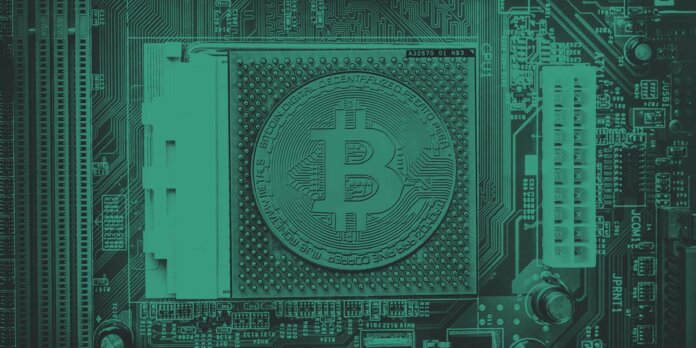In the rapidly evolving digital landscape, blockchain technology has emerged as a key component in the development of the metaverse. The promise of decentralization, composability, and self-custody has made it an attractive choice. Yet, despite its potential, there are significant technological challenges that need to be addressed for widespread adoption. Among these are issues related to storage, scalability, and the high costs associated with maintaining a seamless user experience.
Blockchain is one of the main pillars of the current iteration of the metaverse. It enables users to have full control over their assets, and with the soaring popularity of NFTs and various GameFi projects, blockchain technology has become the de facto choice for new metaverse projects.
However, despite the obvious benefits of decentralization, composability and self-custody, most blockchain-based metaverse projects have a couple of major technological limitations that serve as major roadblocks to mass adoption.
Storage and scalability: Blockchains, by design, are made tohave a limited block size to make the network fast and accessible to its validators and miners. For example, Ethereum’s average block size ranges only between 70 and 100kB49. Storing all the data associated with virtual objects, avatars and other elements of the virtual world would considerably slow down any blockchain currently and would also cost a large amount of gas fees for the metaverse protocol and users alike.
For example, if a metaverse game decides to store all its objects and actions on-chain, a user would have to pay a gas fee for every trivial action they take in the metaverse, even if the metaverse is built on a cost-efficient platform like Solana or Near. The issue of having to sign a transaction for every action would degrade the quality of the experience.
In addition to the storage issue, most blockchains are not scalable and can’t match the transaction throughput of Web2 transaction channels like Mastercard, while the ones that claim to be highly scalable compromise on decentralization. Thus, as more users join the metaverse, the demand for processing power and network bandwidth increases, making it challenging for current blockchain technology to handle the volume of transactions and data associated with the metaverse.
The best of both worlds: Way forward for metaverse?
It is clear that a metaverse solely built on a blockchain cannot have both AAA graphics and decentralization. That’s why it is important for metaverse projects to use blockchain only for the transaction layer while using a Web2 framework for the experience layer. Many upcoming massively multiplayer online role-playing game titles, such as Delysium, are using this approach.
The platforms could utilize traditional graphics engines like Unreal Engine and develop a desktop or mobile application that could then be linked to a blockchain through an API or other integration method. Players could then use cryptocurrency or other blockchain-based tokens to make purchases or engage in other in-game activities through their crypto wallet.
This approach, though simple on paper, is still not mainstream, as it requires a great deal of expertise and financial resources. To develop a fully fledged AAA graphics platform alone, the average costs could be in the tens of millions. On top of that, the project would require blockchain developers and experts, which could again cost the project millions.
The future of the metaverse hinges on finding a balance between the advantages of blockchain and the practical necessities of creating a user-friendly platform. A potential solution lies in leveraging both blockchain and Web2 frameworks, with blockchain serving the transaction layer and Web2 catering to the experience layer. This approach, while promising, is still in its nascent stages and requires considerable resources. Despite these hurdles, it presents a viable path forward for well-funded metaverse projects.
In conclusion, the metaverse’s journey is just beginning, and blockchain technology, despite its limitations, plays an integral role. The successful integration of blockchain with traditional Web2 frameworks could unlock new possibilities, enhancing the user experience while preserving the benefits of decentralization. However, the financial and technical challenges involved in this endeavor underscore the need for continued innovation and investment in the metaverse space.




